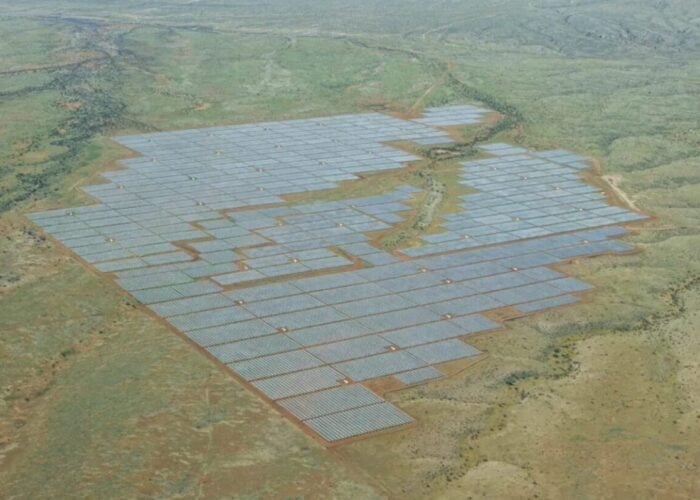Materials supplier DuPont has partnered with the Solar Energy Corporation of India (SECI), a not-for-profit working on the country's solar programme, in order to debate quality standards for India’s PV market to ensure safety, reliability and profitability of solar projects in the country.
The two organisations hosted a workshop for policy makers and industry members to discuss codes and standards and typical failures found in solar projects. The focus was on best practice and how to improve the levelized cost of electricity (LCOE).
Unlock unlimited access for 12 whole months of distinctive global analysis
Photovoltaics International is now included.
- Regular insight and analysis of the industry’s biggest developments
- In-depth interviews with the industry’s leading figures
- Unlimited digital access to the PV Tech Power journal catalogue
- Unlimited digital access to the Photovoltaics International journal catalogue
- Access to more than 1,000 technical papers
- Discounts on Solar Media’s portfolio of events, in-person and virtual
Recommendations from the workshop will be submitted to the Ministry of New and Renewable Energy (MNRE) to help improve current quality standards for Indian PV projects.
Rajaram Pai, business leader, DuPont, South Asia, said: “Participants across the solar value chain need to ensure that solar installations are able to reliably produce power for 25 years or more to ensure the return on investments that system owners and investors.”
Ashvini Kumar, managing director, SECI, said: “Establishment of uniform standards and quality standards is a continuing area of focus in India’s story of solar development for long-term sustenance. International standards, including International Electrotechnical Commission (IEC) standards, need to be consciously adapted to suit our climatic and operational conditions to mitigate risks such as permanent power degradation, panel failures, or electrical safety issues.”






